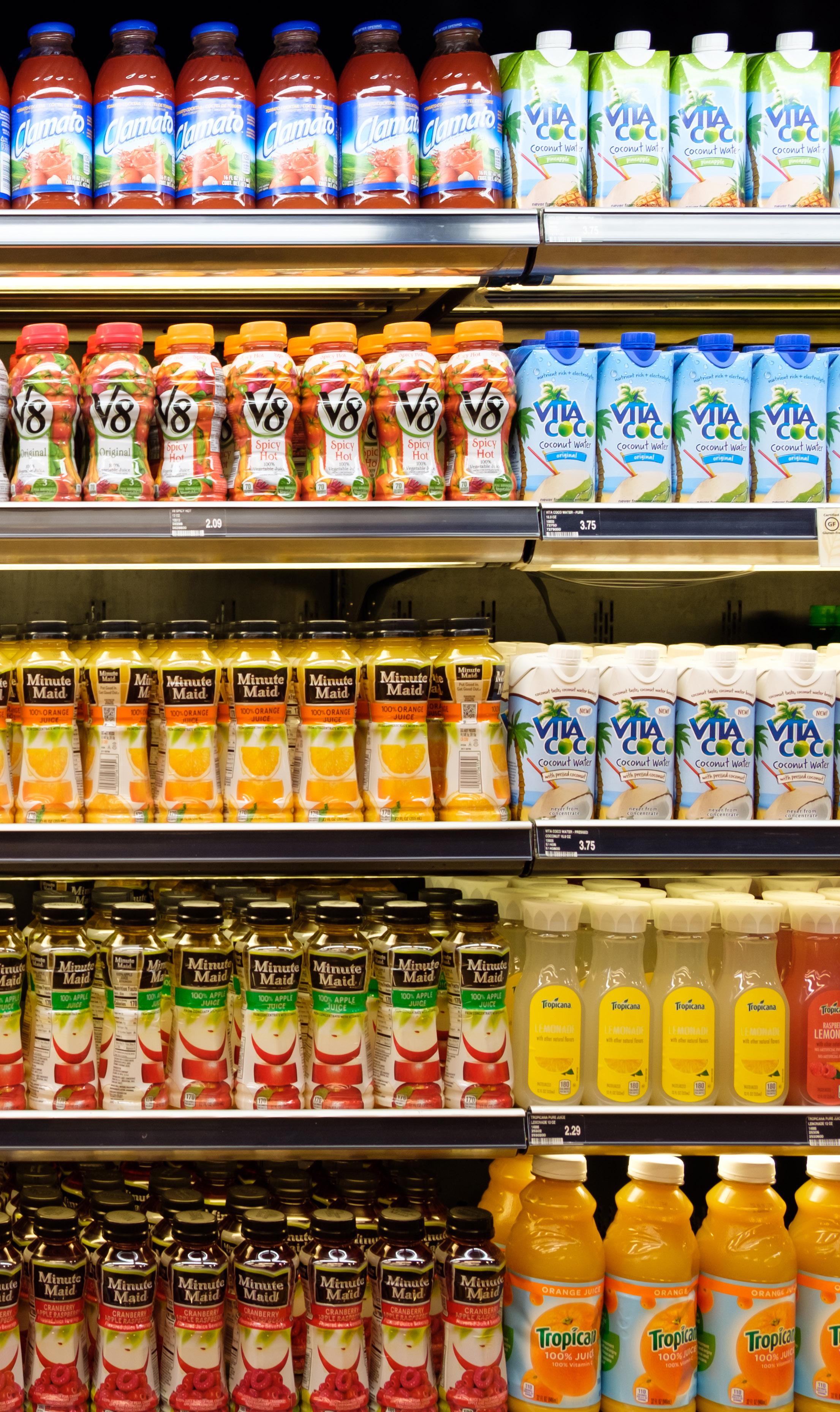
1 minute read
An image depicting the idea - when Image Recognition meets CPG
from 1to12
by Sivakumar M
Theadministration of Image recognition in the retail CPG space is vast and varied, with numerous applications that can improve inventory management, enhance customer experiences, and drive sales growth. As the industry continues to evolve and technology advances, the use of image recognition is likely to become increasingly prevalent, transforming the way retailers and CPG manufacturers do business.
In the early 2010s, some CPG companies began using image recognition technology to help with in-store product placement and merchandising. For example, a company might use image recognition software to analyze how their products are arranged on a shelf and suggest changes to optimize sales. Around the same time, some companies started experimenting with using image recognition to track and analyze customer behavior in stores. For instance, a retailer might use cameras and image recognition software to understand how shoppers move through a store and which products they interact with.
Advertisement
Image recognition can also be leveraged to enhance the customer experience by enabling personalized marketing campaigns. By analyzing sales & customer data and identifying patterns in their behavior, retailers can create personalized recommendations, promotions, and advertisements that are tailored to each individual customer’s preferences and buying habits.
Furthermore, image recognition can be used to improve store operations by monitoring customer traffic, analyzing store layouts, and optimizing product placements to increase sales. Retailers can also use image recognition to identify and track customer behavior, such as browsing and purchase patterns, to inform store layout and design decisions.




